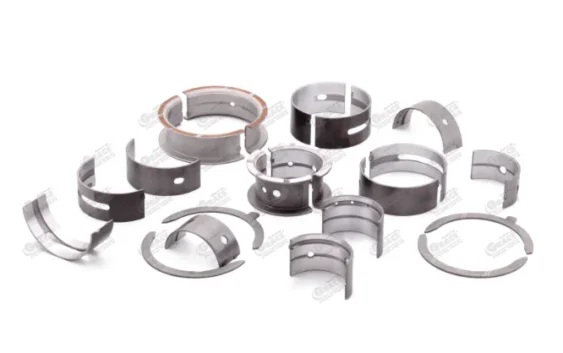Crankshafts Bearing Bushes Products in Automobiles

It is known to all that Crankshafts Bearing Bushes have a wide application in automobiles. Their usage is from the engine, chassis to the electrical assembly. Generally, automotive bearings are divided into two categories, i.e. sliding bearings and rolling bearings.
The first category is mainly apply in engines. They can future divided into two categories. One is the thin-walled bearing which is commonly know as bearing bush, the other is the bushing which is also know as copper bush. The former is mainly use for supporting the engine crankshaft and connecting rods. And the latter is mainly use for supporting the camshaft shaft neck and piston pin. Moreover, they can also applied in other parts of automobile such as steering knuckle bushings of the chassis, gear bushing and motor hub, etc.
The second category can widely used in all mechanical and electrical assembly of automobiles. There are main transmission, diverter, water pump, fans, clutch, differential mechanism, front and rear wheels and drive shaft, etc.
Rolling bearing has two types. Those are ball bearings and roller bearings. According to the loads and directions, it can also divided into radial bearing and thrust bearing. The former type can used to bear the radial (perpendicular to the axis line) load, while the latter can used to axial (parallel to the axis line) load. And the radial thrust bearings can bear both the radial and axial load at the same time. They can applied in various parts of automobiles due to different functions.
Transmission shaft is generally support at both ends. Usually, there is a fixed side bearing at one side to bear both the radial and axial load. It can fix the axial displacement between the fixed shaft and gearboxes. The other side of the bearing is call free side bearing which can only bear the radial load. Relative axial movement can achieved to solve problems resulted from the operation of transmission gears and the errors generated during installation.
